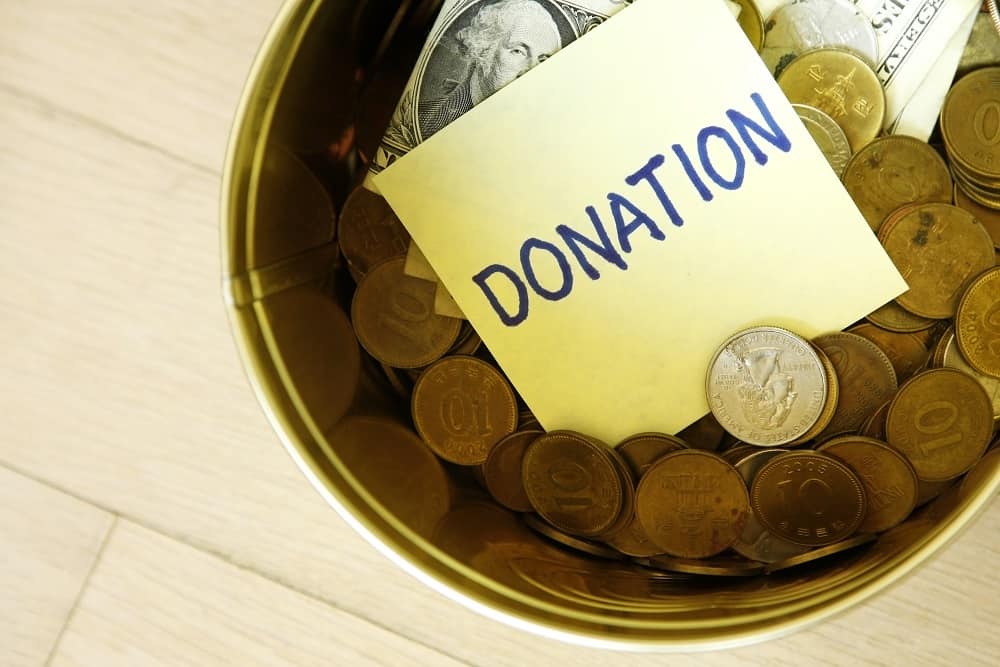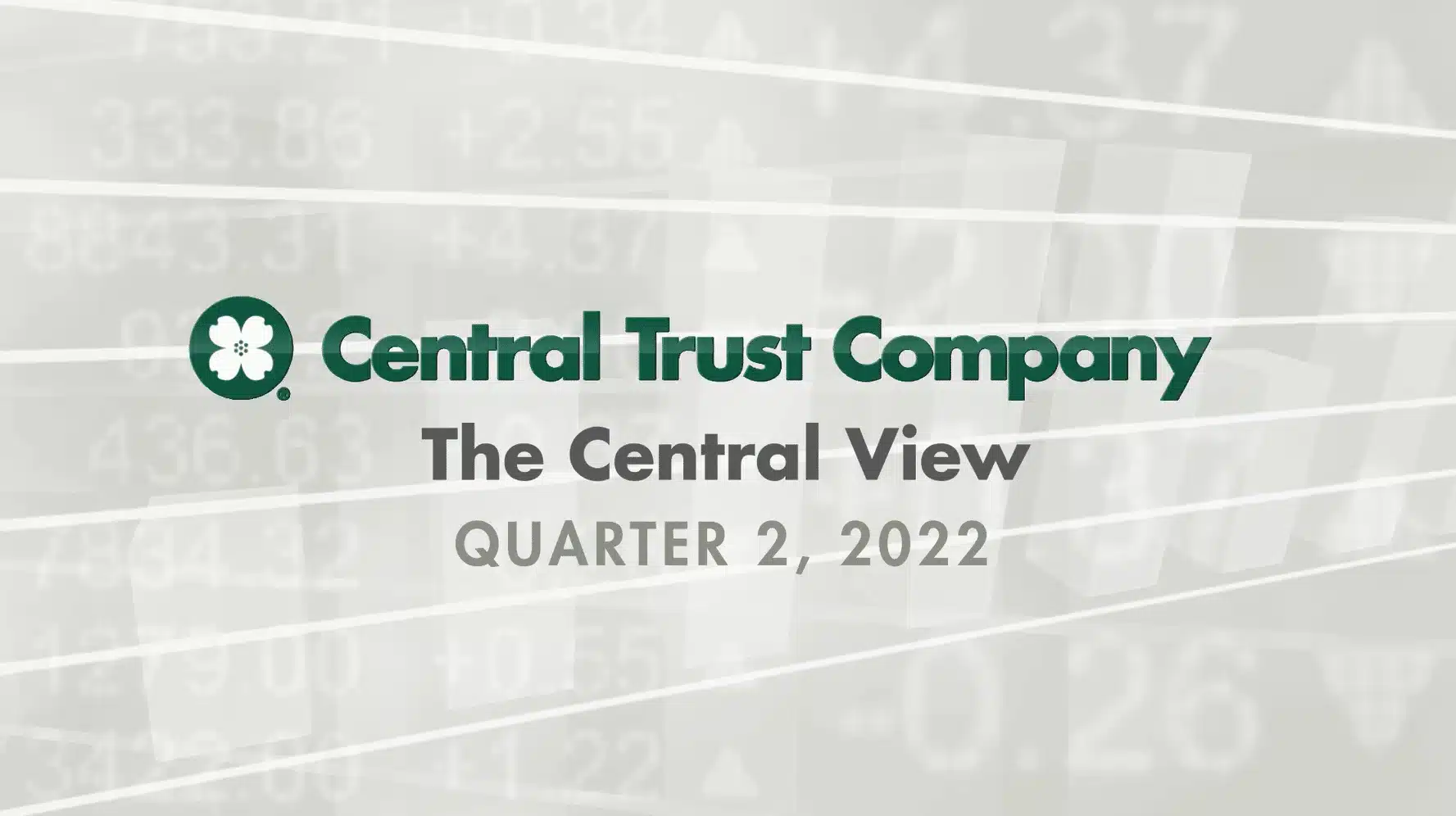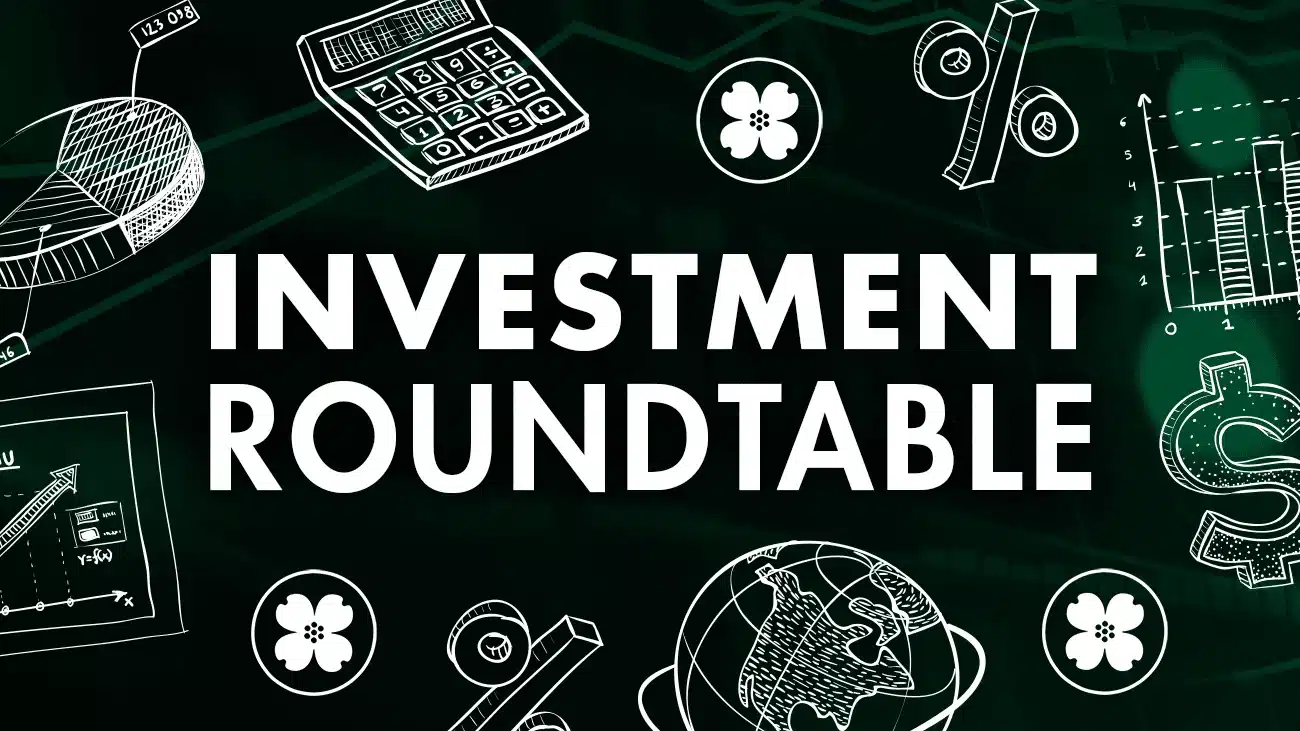Insights by Category
Ask a Trust Officer
Ask A Trust Officer is a video series where we break down some of the most common topics related to your trust, estate, and wealth management needs.
Business Planning
As a business owner it is important to think about what will happen to your company when you are gone and proper business planning can help.
Charitable Giving
Learn more about the ways charitable giving may be a good fit for your wealth management plan and how it can make a long-term impact in your community.
Estate Planning
Proper estate planning is important in making sure the next generation is prepared for the transfer of wealth and assets.
Financial Planning Library
Financial planning is an ongoing process that periodically reviews your current assets and their growth against the ability to meet long-term goals.
Investments
As the markets and the economy change, it is important to know how they will impact your investments and how our team can help protect your portfolio.
Retirement
Planning for your upcoming retirement can be overwhelming. Learn more about what you should consider and how to live your new life in retirement.
Retirement Plan Services Library
As a retirement plan sponsor it is important to know your responsibilities and liabilities associated with being a plan fiduciary.
Tax Planning
Tax planning is large part of your overall wealth management strategy and is important to knowing what to expect and how to avoid any tax surprises.
The Central View
The Central View is a compilation of our quarterly investment updates and includes the latest insights on the markets and the economy.
Videos
Our library contains many videos related to trusts, estate planning, investments and other wealth management topics in an easy to follow format.
Webinars
Live virtual events recorded to prevent anyone from missing valuable information. Market updates, tax information, and more.











